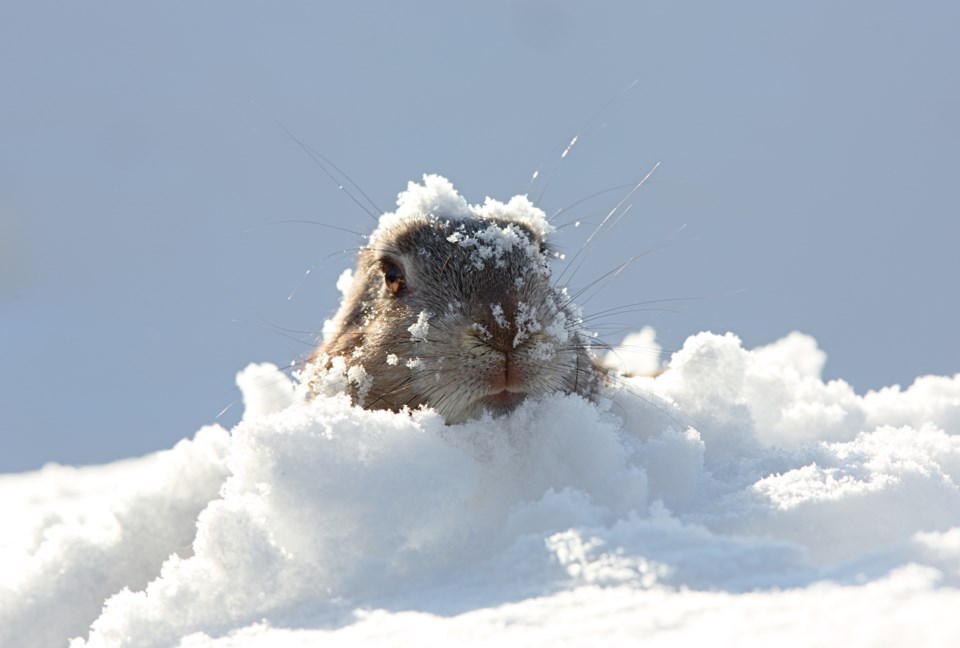THUNDER BAY — If you're counting on a groundhog to predict when spring will arrive this year, you'd do just as well by flipping a coin.
That's the conclusion of a research study at Lakehead University.
Wednesday, Feb. 2 is traditionally celebrated as Groundhog Day in North America.
According to legend, if the groundhog emerges from its burrow that day and sees its shadow, spring will arrive late, but if the rodent doesn't see its shadow, it means spring will be early.
Michael Rennie, an associate professor of biology, leads the Community Ecology and Energetics Lab at Lakehead.
Over a period of several years, he and his graduate students gathered all the data they could find from North American groundhogs, spanning 33 locations and over 530 groundhog "observations."
The data goes back a number of decades.
In the end, the researchers found that the animals correctly predicted the onset of spring exactly 50 per cent of the time – the same outcome to expect from flipping a coin.
This came as no surprise to Rennie.
"We celebrate Groundhog day a full month before these animals typically emerge from hibernation, so this practice is completely disassociated from any meaningful biological response that groundhogs might otherwise have for detecting spring conditions," he said.
The research results were published last year in Weather, Climate and Society, a peer-reviewed scientific journal published by the American Meteorological Society.
The study team encountered some challenges.
Because spring arrives at different times in North America, the researchers needed to determine objectively if spring came early or late at each location in any given year.
They turned to the Carolina Spring Beauty, a flower that grows in all the areas where groundhogs are used to make predictions.
Another recent publication outlined how work from Rennie's lab determined that it blooms predictably after accumulating a certain amount of thermal energy, known as degree days.
The team used data from weather stations near each groundhog's location to estimate the flower's bloom date – and thus the arrival of spring in that location each year.
Then it became a matter of comparing these dates to each groundhog's prediction.
Although the researchers gave passing grades to three animals –Essex Ed in Connecticut, Stonewall Jackson in New Jersey and Chuckles in Connecticut – they said no single groundhog in Canada or the U.S. made predictions with any degree of accuracy worth relying on.
Rennie said the project was a good exercise, especially for his more junior students, to appreciate how collaborative research works and to learn about the challenges involved in getting work published.
